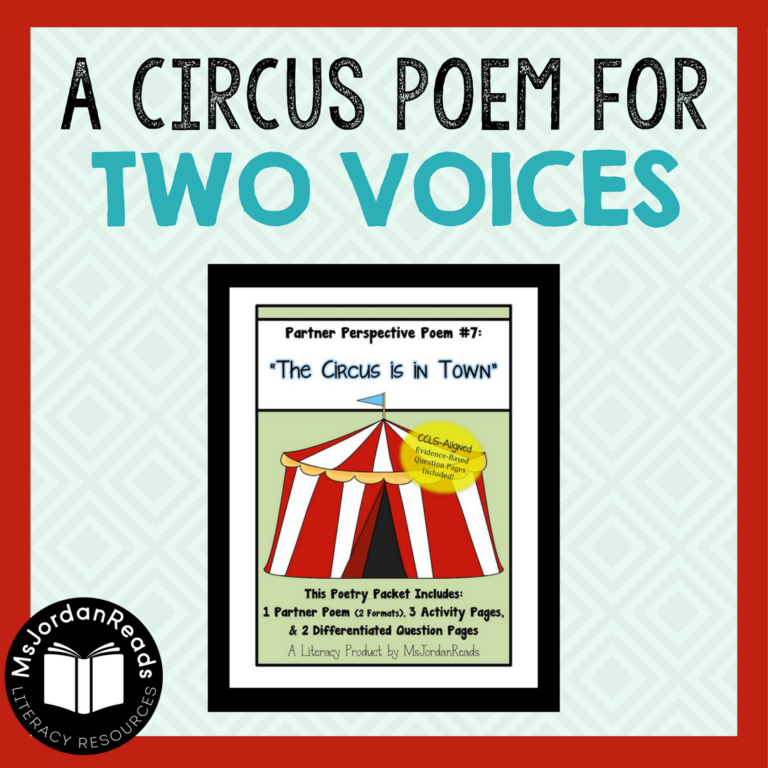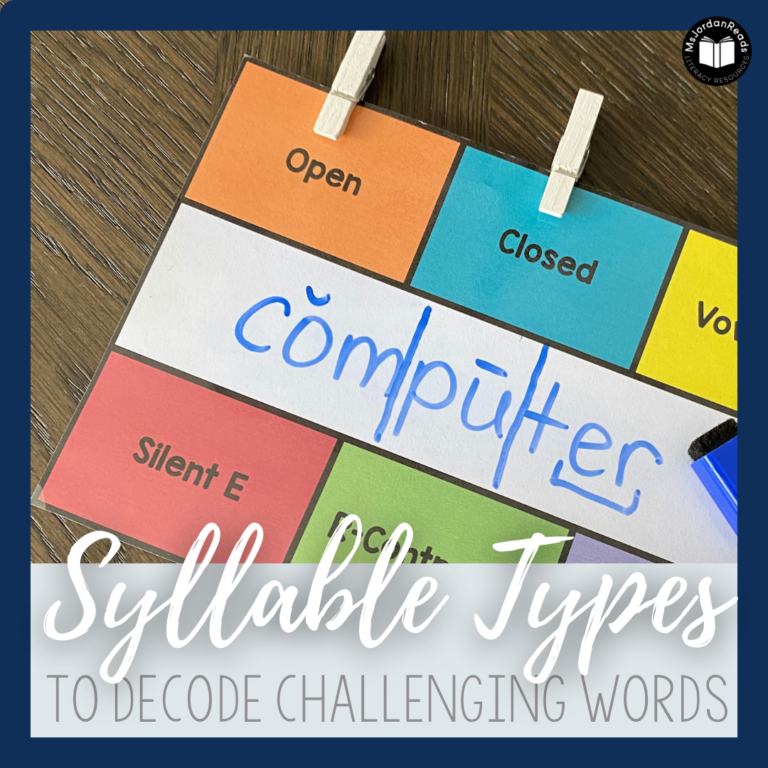Beyond the One Minute Read: 3 Easy and Quick Assessments to Dig Deeper Into Fluency
So, you’ve completed a one-minute fluency assessment with your class, and more than likely, it highlighted a few “red flag” results that you can’t ignore. Now what?
It’s time to dig deeper and figure out if it’s actually fluency that’s the issue (maybe), or if there’s an underlying problem that’s causing the fluency issues (probably). Either way, if a student comes up as being below level with a one-minute read, it’s time to make a plan. The problem is, there are SO many possible reasons for a low oral reading fluency (ORF) score.
For example:
- A high number of omissions and insertions could be due to poor sight word recognition, visual tracking issues, or lack of focus while reading
- A low accuracy rate (with lots of miscues!) could be due to poor monitoring or a “too fast” pace
- Long pauses and reading that is not automatic could be due to decoding difficulties or lack of phonics knowledge
- Skipped words and lines could be due to attention or visual tracking issues
- Substituting visually similar words could be due to poor visual discrimination skills
- A low self-correction rate could be due to poor self-monitoring (or poor metacognition to realize that they’re even making an error!)
- … and so many more!
Pinpointing Reading Behaviors
Obviously, you can’t make an appropriate intervention plan without knowing what to fix, and we all know that one intervention does NOT fit all (or fix all!); however, you can at least narrow down the areas of weakness. If you can get a better idea of a student’s reading behaviors and habits, then you can figure out a starting point for individualized or small group instruction. Where you go from there will then be determined by progress monitoring and fine-tuning your intervention plan!
So, how do you identify the areas of reading that need to be strengthened with interventions?

3 Ways to Assess Beyond the One Minute Read
Running Records
The next step would be to complete a running record with a diagnostic-focused miscue analysis. This is where you will jot down all the reading behaviors that you observe (strengths AND weaknesses).
Once you see what the student’s reading behaviors are, you can set some specific goals and create an intervention plan. Or at this point, if you feel you need more information, you may decide to complete a few targeted assessments.
Fluency Speed Drills
If a student scored “below average” on a one-minute read, you may wish to complete some grade-appropriate fluency speed drills to dig a little deeper. These drills are quick and provide an opportunity to collect pre- and post- instructional data, which will help with monitoring progress. It also allows you to identify the different kinds of words/phrases that are difficult for your students.
You can do one minute drills with words, phrases, or sentences or you could do drills with an entire list and have the students try to beat their pace and accuracy score each time. You can focus on sight words, specific phonics patterns, syllable types, or even use nonsense words.
Similar to a one-minute read, you would be looking at the correct number of words/phrases/sentences per minute. Accuracy and automaticity are the two main goals here; it’s not really about the speed. A “just right” speed will naturally occur once a student is able to read with automaticity and accuracy. A low “speed” just means that there’s room for improvement!
Visual Discrimination
If you observe that your students make a lot of substitutions with visually similar words, consider following up with an informal miscue analysis focusing on just their visual errors. This will help you identify the reading behaviors that are causing the frequent visual errors (e.g., visual tracking, vowel confusion, blending, etc.) and will help determine interventions to try.
Download a FREE visual miscue analysis reference to help you identify these reading behaviors!
NOTE: This reference sheet has been recently updated and is part of my updated “Accuracy Word Pairs” resource that will be coming soon! The current version of the resource provides an assessment using similar word pairs, teacher recording forms, and practice word lists to help students improve their visual discrimination skills. I’ll be adding more forms and more opportunities for student practice with the update. I’ll be adding the updated version of this free download to the library soon. Be sure to subscribe today for access to the entire collection of free resources!
Read more about my Accuracy Word Pairs resource and how I use it to assess my RTI reading students!
Intervention Planning
Having an intervention plan in place and a toolbox of fluency interventions to choose from will guide your instruction and help you track what’s working and not working. Be sure to read my blog post on 3 Ways to Use Intervention Menus for Small Group Reading and download the small group planning form and some sample tracking forms!







